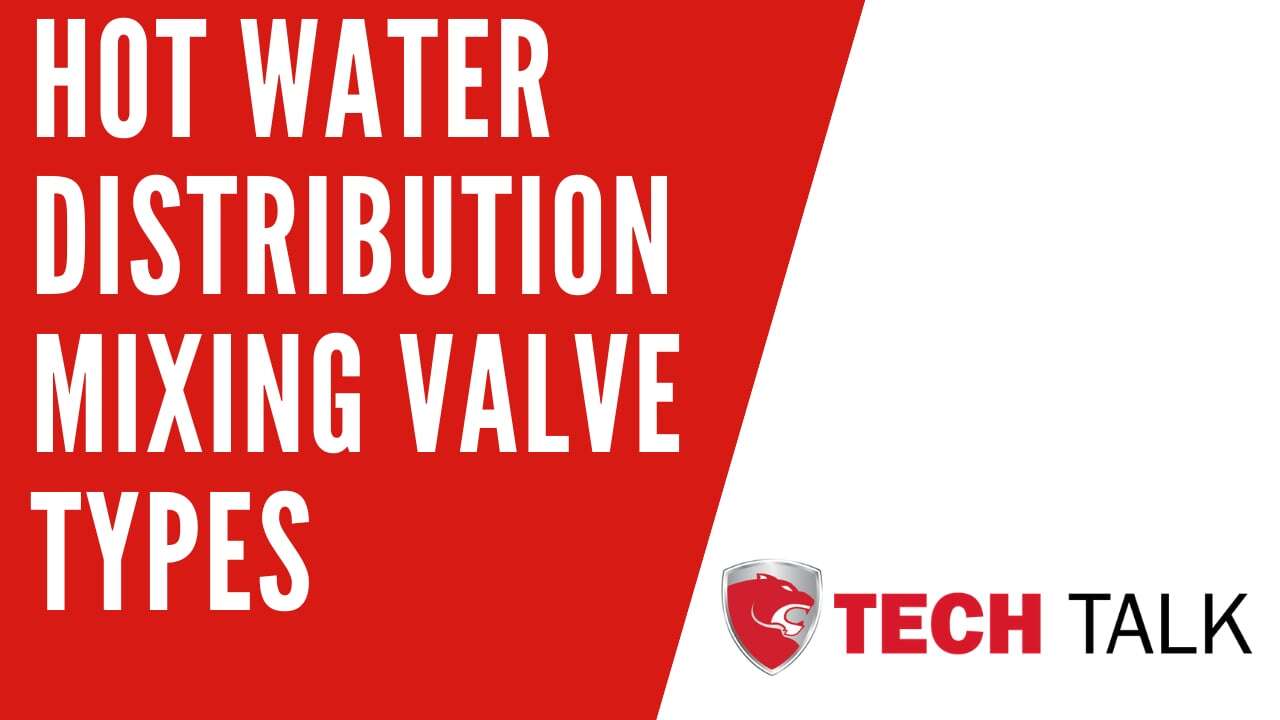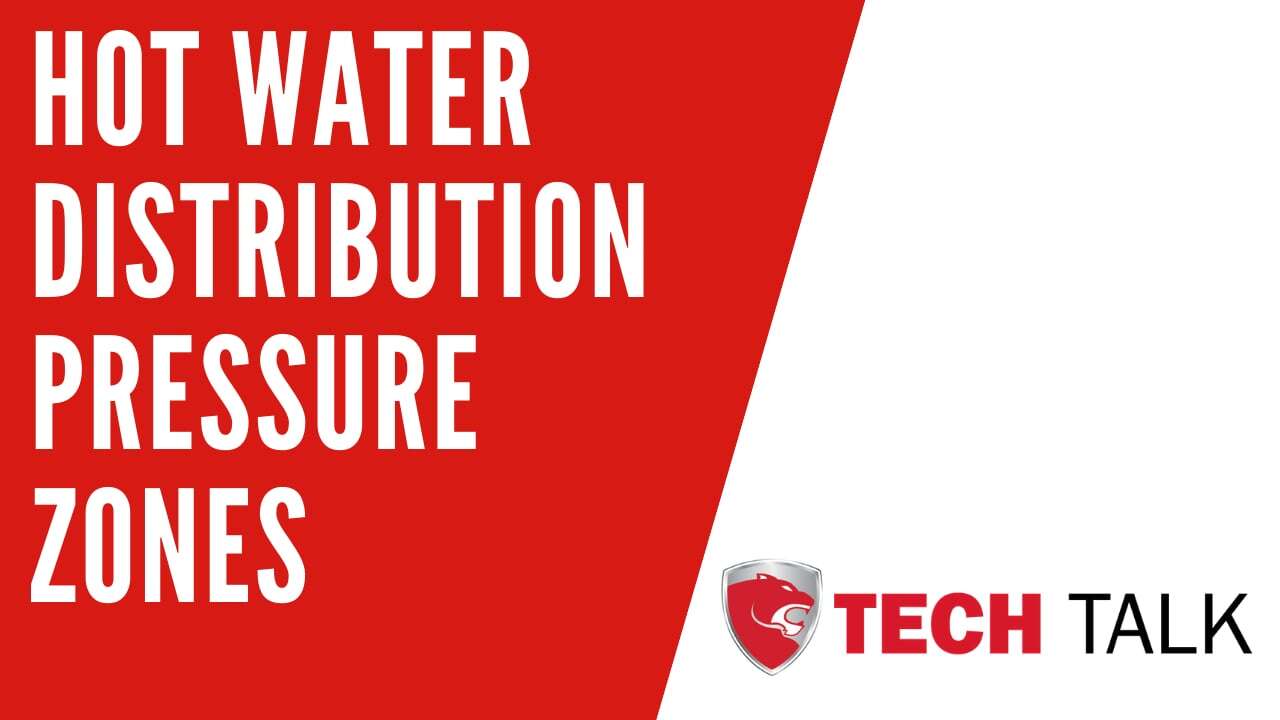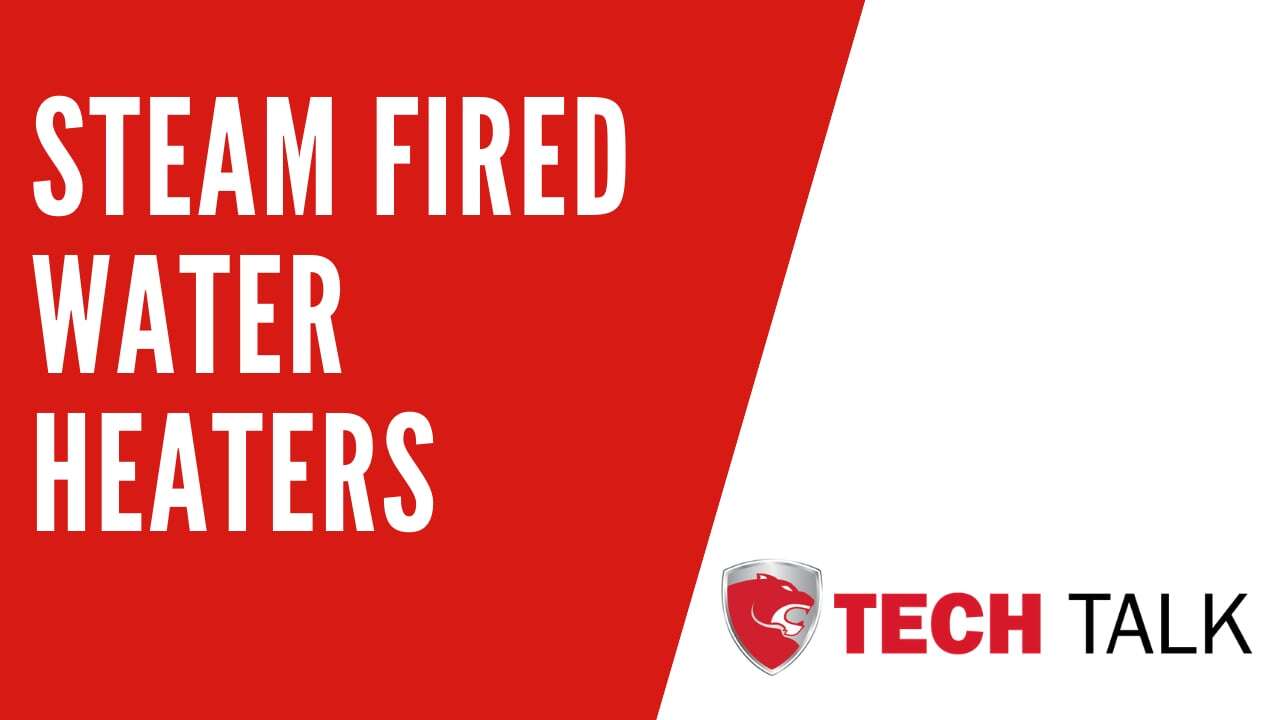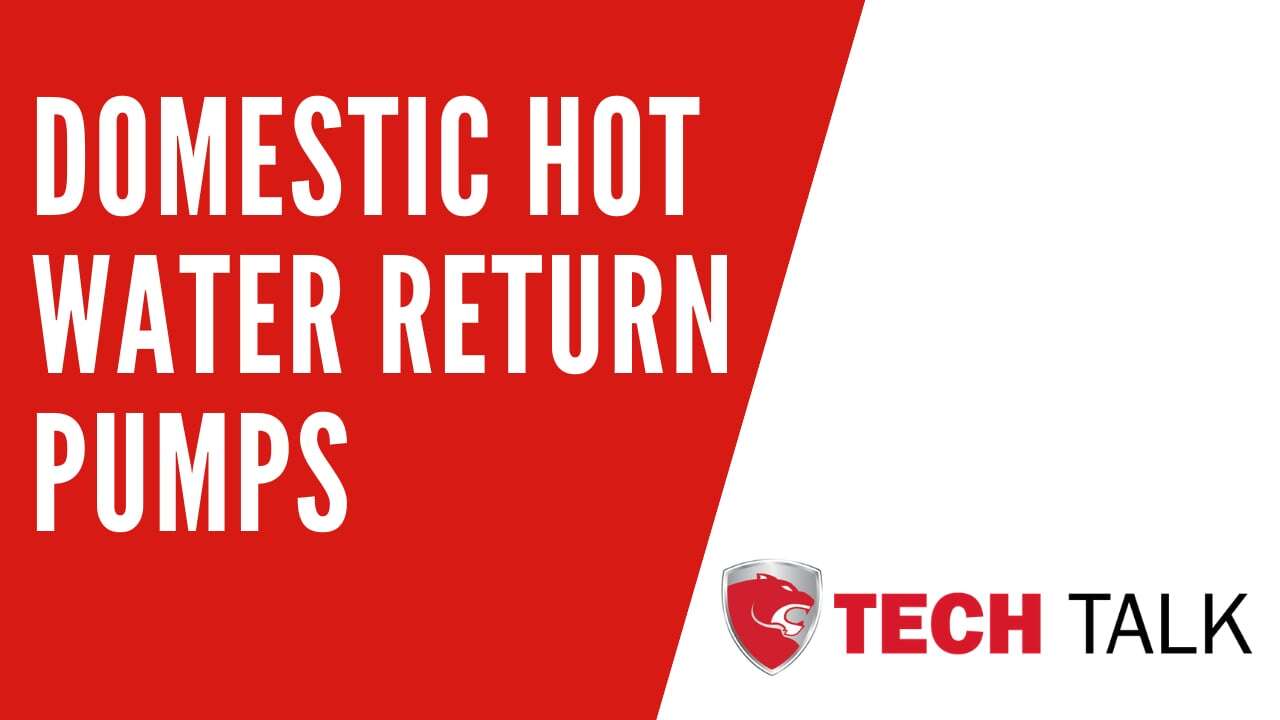Domestic Hot Water Distribution
Domestic Hot Water Distribution
Domestic Hot Water Systems are simple in theory – deliver hot water to fixtures – but increasingly complex in practice. A delicate balance between comfort, safety, and energy savings must be addressed in the design, installation, and operation of these systems.
The goal of a Domestic Hot Water Distribution System is to deliver “instant” hot water to fixtures (sinks, showers, kitchens, laundries, etc), and it takes many components working together to accomplish.
Heaters
Tankless Gas-Fired heaters have become very popular for commercial applications due to their compact size and energy savings. When district steam is available, semi-instantaneous steam-fired heaters can deliver the same benefits. Eliminating a large storage tank keeps the water moving in the system and avoids stagnant water at temperatures that promote bacteria growth.
Mixing Valves
ASSE 1017 Mixing Valves are required to temper water down if the heaters are generating over 120-125F water. Heaters can generate 140F water to serve a kitchen & laundry, then use a distribution mixing valve to temper the water to 120F for domestic (sinks, showers) consumption.
System Balancing Valves
System balancing is one of the most common issues for a domestic hot water system. Each branch line in the system needs to have sufficient flow to overcome thermal losses in the piping system and maintain temperature. If system flow is unbalanced, there will be cold spots and wait times for hot water at fixtures. Cross connections with the cold water lines (typically from bad fixture check valves) can lower loop temperatures as well.
Flow Balancing Valves, either manual or automatic, will maintain a fixed flow through the branch lines before connecting to the common return line.
Temperature Balancing Valves use a thermal element to modulate the water flow to maintain a constant temperature in the branch line, typically 5-10F below the distribution supply temperature.
Data-Driven Electronic Valves use temperature & flow sensors with a centralized controller to maintain complete system balance.
Return Pumps
The return pump provides flow through the system to maintain loop temperature during periods of little to no demand. Water will lose temperature when traveling through the system, and needs to return to the mixing valve and/or heater for reheat to maintain a constant loop temperature. The return pump is sized for this flow rate and the head loss in the loop.
High-Rise Buildings
Distributed Hot Water Systems in High-Rise Buildings add the additional challenge of reduced pressure zones. There are two ways to balance these systems.
- High-Pressure Pumps can be used in each reduced pressure zone to return water back to the centralized heaters & mixing valve for reheating.
- A Primary-Secondary heating system with high-pressure high-temperature distribution in the primary loop feeding low-pressure tempered water in each reduced pressure zone with heat exchangers for reheating.
.webp)
.webp)





